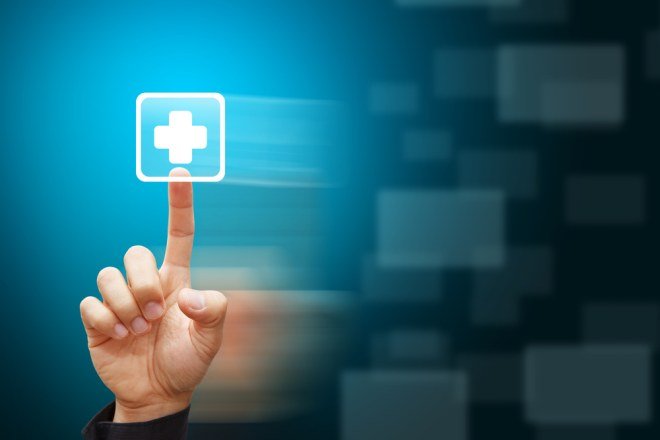Technology has advanced many fields beyond our wildest dreams. Information technology alone has made the world a smaller place where individuals, families and corporations can work together throughout the year, both day and night. The medical profession has changed extensively in the last 10 years with products that help doctors and other healthcare professionals to diagnosis and monitor diseases and injuries in people and animals.
Medical Alert Systems
The elderly and other people who need constant monitoring can be fit with a device that will summon help in the event of a medical emergency. This allows them and their caretakers to have more independence with the surety that the patient will have the help they need. You can see a wide variety of medical alert systems reviewed by TopTenReviews, and select a device and monitoring system that suits your needs.
Robots
Medical technology has made it possible for miniature robots to perform spinal surgeries that just a few years ago were considered very complex and dangerous. There are miniaturized pacemakers that the patient isn’t even aware is there, and there are drugs that are activated by light to seek out the diseased cells. Some medications can be swallowed, but will not be activated until they reach the right organ.

Technology and Medical Jobs
There is automated laboratory equipment that enables the analysis of blood and cells that will detect diseases earlier that ever before. This means that clinical laboratory technicians need to learn a whole new method in the lab. As this technology becomes main stream, it also means more and more labs throughout the country and world can have state-of-the-art lab equipment.
The Stuff of Sci-Fi
Medical technology is becoming smaller and smaller. As devices are miniaturized, new therapies will be discovered and existing therapies will be modified. There may be nano-robots to examine blood, organs and internal tissue. Replacement organs will be created in the lab as scientists continue to work on biological engineering.
Some Medical Technology Used Today
• Melanoma, the most serious kind of skin cancer, can be detected without a surgical biopsy with a hand-held tool for multispectral analysis on tissue morphology.
• A tool is being developed that can block severe migraine and cluster headaches at the first sign that one is developing. It is a permanent implant in the gum on the side of the head where the headache usually comes. The patient has a hand-held remote that sends signals to the implant to block the pain-causing neurotransmitters.
• Diabetes care without a needle is the latest technology being developed. It consists of a biosensor that reads blood analytes with a patch and no needle. It does this through a top layer of skin cells, and the data is sent to a remote monitor. An audible alarm will sound if the glucose levels are out of the patient’s ideal limit.
• Telemedicine is already being used for emergencies, but today monitors can cruise up and down hospital hallways and the doctor’s face will be seen on the screen. He or she can talk to the patient on a two-way screen and monitor the patient’s medical equipment.
These innovations benefit doctors, nurses, caregivers and patients by being faster and more accurate. This allows doctors to catch diseases early giving the patient a better chance of full recovery.
